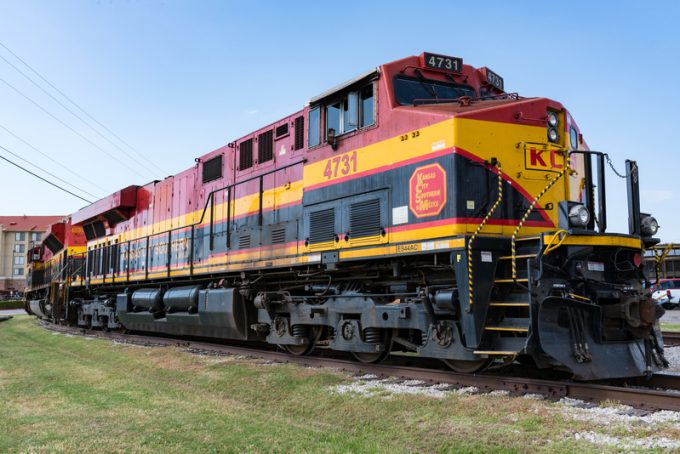US logistics players expand to boost their cross-border reach into Mexico
US surface logistics providers are expanding their reach across the southern border. Class I rail carriers ...
HLAG: BIG ORDERLINE: REACTIONLINE: EXPENSES AND OPERATING LEVERAGELINE: PIPELINE OF DEALS LINE: DEMAND PATTERNS LINE: LANDSCAPELINE: CONF CALL STARTSDSV: UNTOUCHABLEEXPD: NOT AS BULLISH AS PREVIOUSLYFWRD: SPECULATIVE RALLY MAERSK: INTEGRATED LOGISTICS WIN MAERSK: TRUMP TRADEKNIN: THE SLIDELINE: DEBUT AAPL: ASIA CAPEXDHL: THE HANGOVERXPO: ELECTION DAY RALLY BA: STRIKE OVER
HLAG: BIG ORDERLINE: REACTIONLINE: EXPENSES AND OPERATING LEVERAGELINE: PIPELINE OF DEALS LINE: DEMAND PATTERNS LINE: LANDSCAPELINE: CONF CALL STARTSDSV: UNTOUCHABLEEXPD: NOT AS BULLISH AS PREVIOUSLYFWRD: SPECULATIVE RALLY MAERSK: INTEGRATED LOGISTICS WIN MAERSK: TRUMP TRADEKNIN: THE SLIDELINE: DEBUT AAPL: ASIA CAPEXDHL: THE HANGOVERXPO: ELECTION DAY RALLY BA: STRIKE OVER

Confused by the term “precision railroading”? The newish concept of running an intermodal network was pioneered by turnaround king Hunter Harrison before he died last year, firstly at Canadian Pacific and more recently at CSX, where his work has been taken up by his successor, James Foote. This analysis from FreightWaves explains the theory and shows the practice is increasingly being taken up across the US. Fellow rail freight operator Kansa City Southern says it is adopting the strategy, while JB Hunt, the country’s largest intermodal customer, sees the benefits for both carrier and shippers. “The widely-discussed principles of precision railroading include many fewer hub-and-spoke operations, which means some customers might lose their service if they are on a spoke that the company no longer considers worth the effort.
“The upside, theoretically, is that more point-to-point service and tighter adherence to a schedule means the customers that do get serviced get their freight on time. The upside to the railroad, theoretically, is a tighter cost structure and a higher operating ratio.”
Comment on this article